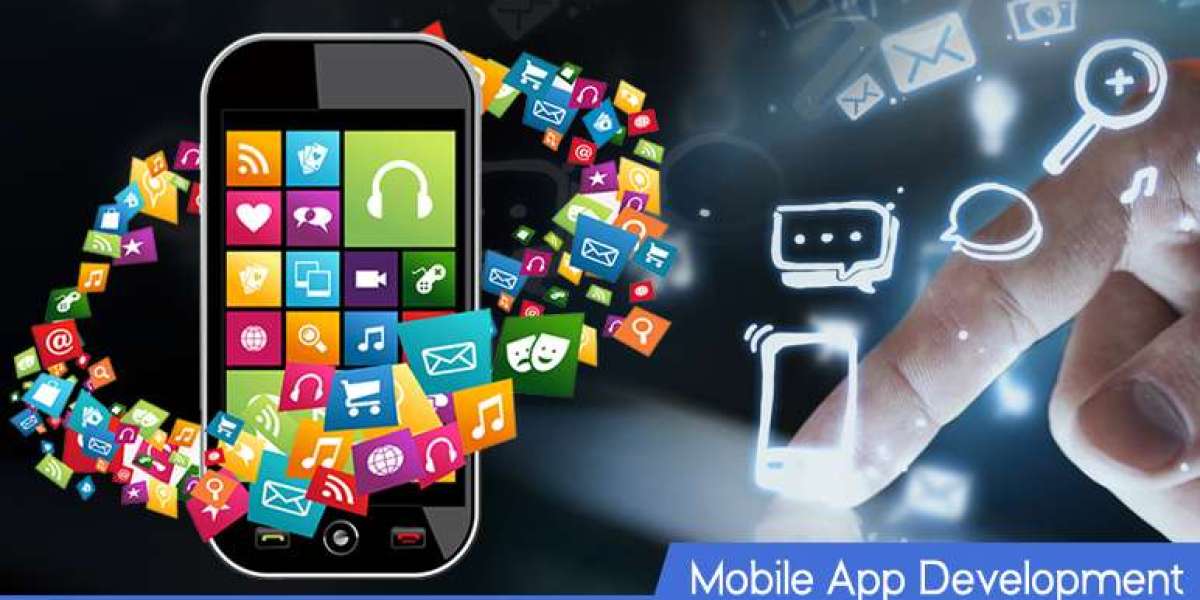Have you ever wondered why a mobile app that seems ordinary at first suddenly becomes a global obsession? Think of games like Flappy Bird, productivity tools like Notion, or even short-form video platforms that practically took over our daily lives. Within weeks (sometimes days), these apps capture millions of users, topping download charts and creating viral moments. But what’s behind this phenomenon?
The secret lies in a combination of psychology, user experience, technology, and timing. And this is exactly why businesses often partner with a mobile app development company to design apps that strike the right balance between addictive features and seamless performance.
In this blog, we’ll explore the reasons why some apps become addictive overnight, what makes users return repeatedly, and how businesses can harness this magic formula.
1. The Psychology of App Addiction
The human brain craves novelty and reward. Successful apps leverage psychological triggers such as:
- Variable Rewards: Just like slot machines, mobile apps that offer unpredictable rewards (likes, coins, badges, new levels) hook users.
- Social Validation: Notifications about likes, shares, and comments feed our need for recognition.
- Progress Loops: Gamified elements, such as progress bars or streaks, encourage us to return daily to maintain the streak.
Take Snapchat’s streaks feature or Duolingo’s gamified learning. These aren’t just features they’re addictive hooks designed to keep users coming back.
2. Viral Loops and Network Effects
No app grows addictive in isolation. Virality plays a massive role.
- Shareability: TikTok became addictive not just because of its endless scroll, but also because users could easily share content across multiple platforms.
- User-Generated Content (UGC): Apps like Instagram and YouTube thrive because users fuel their addiction by creating new content.
- Invitations and Referrals: Many apps incentivize users to invite friends, creating viral loops that accelerate adoption.
The more users join, the more valuable the app becomes, driving the network effect. This is often the tipping point where an app moves from popular to addictive.
3. The Role of UX and UI Design
A cluttered app rarely becomes addictive. Instead, apps that succeed overnight are usually:
- Intuitive: Easy onboarding ensures users don’t abandon the app within minutes.
- Visually Appealing: Smooth animations, clean designs, and attractive color schemes make the app delightful.
- Effortless Navigation: When users find what they’re looking for in seconds, they stay longer.
Great design reduces friction, allowing psychological triggers and viral loops to take center stage.
4. Push Notifications: The Gentle Nudge
A big reason apps become addictive overnight is timely push notifications. But there’s a fine line:
- Engaging Notifications: Reminders that feel personalized (“Your friend just beat your score!”) prompt users to open the app instantly.
- Excessive Notifications: Spammy notifications cause users to uninstall the app.
Successful apps balance subtle nudges with user control, ensuring users don’t feel overwhelmed.
5. The Power of Gamification
Gamification transforms mundane actions into fun, rewarding experiences.
- Points and Badges: Fitness apps reward users for completing steps.
- Leaderboards: Gaming apps showcase top players, fueling competition.
- Challenges: Social media apps like Instagram or TikTok leverage challenges to keep users engaged and participating.
By tapping into our competitive spirit, apps transform everyday usage into addictive engagement.
6. Timing and Market Trends
Sometimes, the success of an app is simply about perfect timing.
- Zoom exploded during the pandemic because people needed reliable video conferencing.
- Clubhouse gained traction when people sought exclusivity and intimate conversations.
- Pokémon Go went viral in the summer of 2016 when outdoor, interactive experiences were trending.
Launching the right app at the right cultural moment can transform it into an overnight sensation.
7. Content Personalization and AI
Addiction often comes from apps that seem to “read your mind.”
- AI Algorithms: TikTok’s “For You” page personalizes content so well that users lose track of time.
- Customized Playlists: Spotify curates music that feels tailor-made for every listener.
- Personal Dashboards: Fitness and finance apps offer tailored insights that keep users engaged.
Personalization increases user satisfaction and reduces churn critical to building addictive apps.
8. Social Features That Fuel FOMO
Fear of missing out (FOMO) is a powerful motivator.
- Stories and Status Updates: Ephemeral content (Snapchat, Instagram Stories) encourages daily logins so users don’t miss anything.
- Live Interactions: Live streams and chatrooms foster real-time engagement.
- Community Groups: Apps like Reddit or Discord keep users hooked by fostering belonging and discussions.
When users feel they might miss something important, they keep returning often obsessively.
9. Monetization Models and Addiction
Interestingly, monetization strategies can also fuel addiction.
- Freemium Models: Free apps with premium upgrades initially hook users, then encourage them to upgrade to paid versions.
- In-App Purchases: Gaming apps like Candy Crush thrive on microtransactions that enhance gameplay.
- Ads and Rewards: Many apps encourage users to watch ads in exchange for coins or lives, subtly extending usage.
When monetization aligns with engagement, apps experience exponential growth.
10. Case Studies of Addictive Apps
- Flappy Bird: A simple design, frustratingly challenging gameplay, and shareability made it a global hit.
- TikTok: Short videos, AI-driven recommendations, and endless scrolling keep users hooked.
- Instagram: Visual storytelling, influencer culture, and addictive dopamine loops (likes and comments) made it a staple.
Each of these apps combined psychological triggers, social features, and timing to achieve overnight addiction.
11. The Dark Side of Addictive Apps
While businesses aim for engagement, excessive addiction raises concerns.
- Mental Health: Social media overuse is linked to anxiety and depression.
- Productivity Loss: Addictive games or apps often distract users from daily responsibilities.
- Ethical Responsibility: Developers must balance growth with user well-being.
Many modern apps now include usage reminders or digital well-being tools to combat over-addiction.
12. Building an Addictive Yet Ethical App
For businesses, the key takeaway is balance. To build apps that users love (and not hate), focus on:
- User-Centered Design
- Meaningful Rewards
- Transparent Monetization
- Mental Well-Being Considerations
This ensures apps are engaging, sustainable, and user-friendly.
13. Future of Addictive Apps
As technology evolves, the next wave of addictive apps may use:
- Augmented Reality (AR): Interactive AR games and experiences.
- AI Companions: Virtual assistants that become emotionally engaging.
- Metaverse Platforms: Digital universes that blend social interaction, gaming, and commerce.
The future is promising and potentially even more addictive.
Conclusion
Apps don’t become addictive overnight by accident they’re designed to trigger human psychology, leverage social networks, and deliver personalized experiences. The right mobile app development company can blend design, technology, and behavioral insights to create applications that capture attention and retain users.
As the industry grows, businesses must also remain mindful of ethical considerations, ensuring apps enrich lives rather than consume them entirely. And with the rapid rise of advanced technologies, companies offering Android app development services will play a pivotal role in shaping the next generation of apps that might just go viral tomorrow.



